In this interview, cinematographer Tyler Graim tells us about the filmmaking process behind his film – Bad Press, which won a Special Jury Award at the 2023 Sundance Film Festival. One of his conclusions: The story and characters are more important than the camera and lenses.
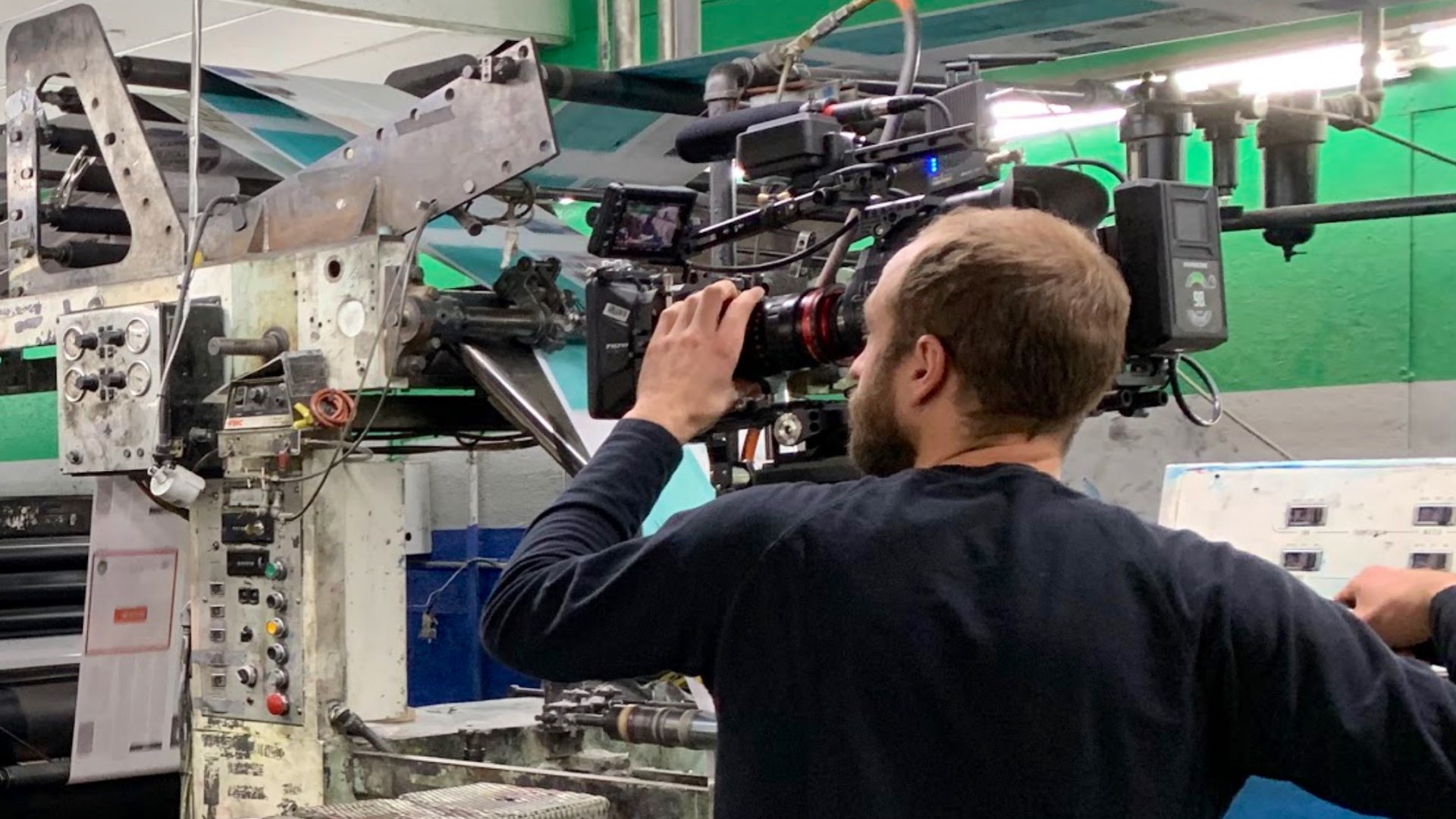
Winning a Special Jury Award at Sundance 2023
The film Bad Press plot: When the Muscogee Nation suddenly begins censoring their free press, a rogue reporter fights to expose her government’s corruption in a historic battle that will have ramifications for all of Indian Country. Bad Press won a Special Jury Award at the 2023 Sundance Film Festival. Tyler Graim is the DP and a Producer on the project. We interviewed Graim on the making of Bad Press. His insights are below.
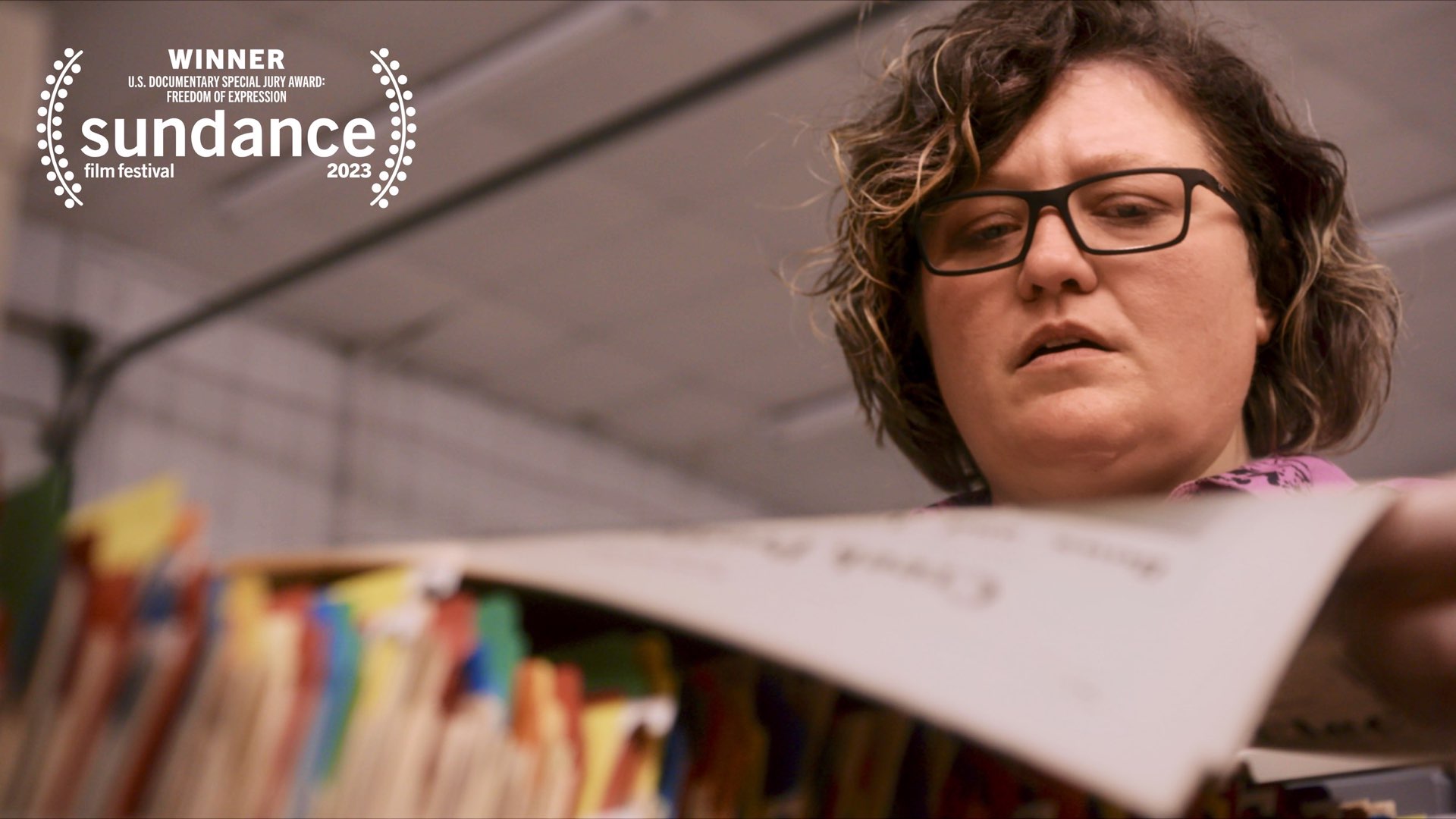
The story and the characters were more important than what lenses or lighting I wanted to use. I think this is really important for documentary cinematographers to remember…There will be times when you can make your mark and do interesting things, but sometimes you just need to capture what’s happening in front of you.
Starting out as a production assistant
YMCinema: Please let us know about yourself – a short bio focusing on your filmmaking career.
Graim: I went to film school at the University of Colorado Boulder which was a really great experience. It has very experimental roots, as the late Stan Brakhage taught there. I was probably one of the last classes to be taught how to hand-process Super 8 and 16mm film, which was really special. After college, I moved to Los Angeles and got my start working as a production assistant on sets. I worked as an assistant camera for a while, then I cut my teeth as a cinematographer for the Youtube channel, Machinima. This was great because it was all different kinds of productions, from short films to docu-style series. That’s where I was introduced to the world of documentaries. Since then, I have shot commercials for brands such as Vogue, Blizzard Entertainment, Xfinity, and Microsoft. And most recently shot the Sundance award-winning documentary Bad Press.
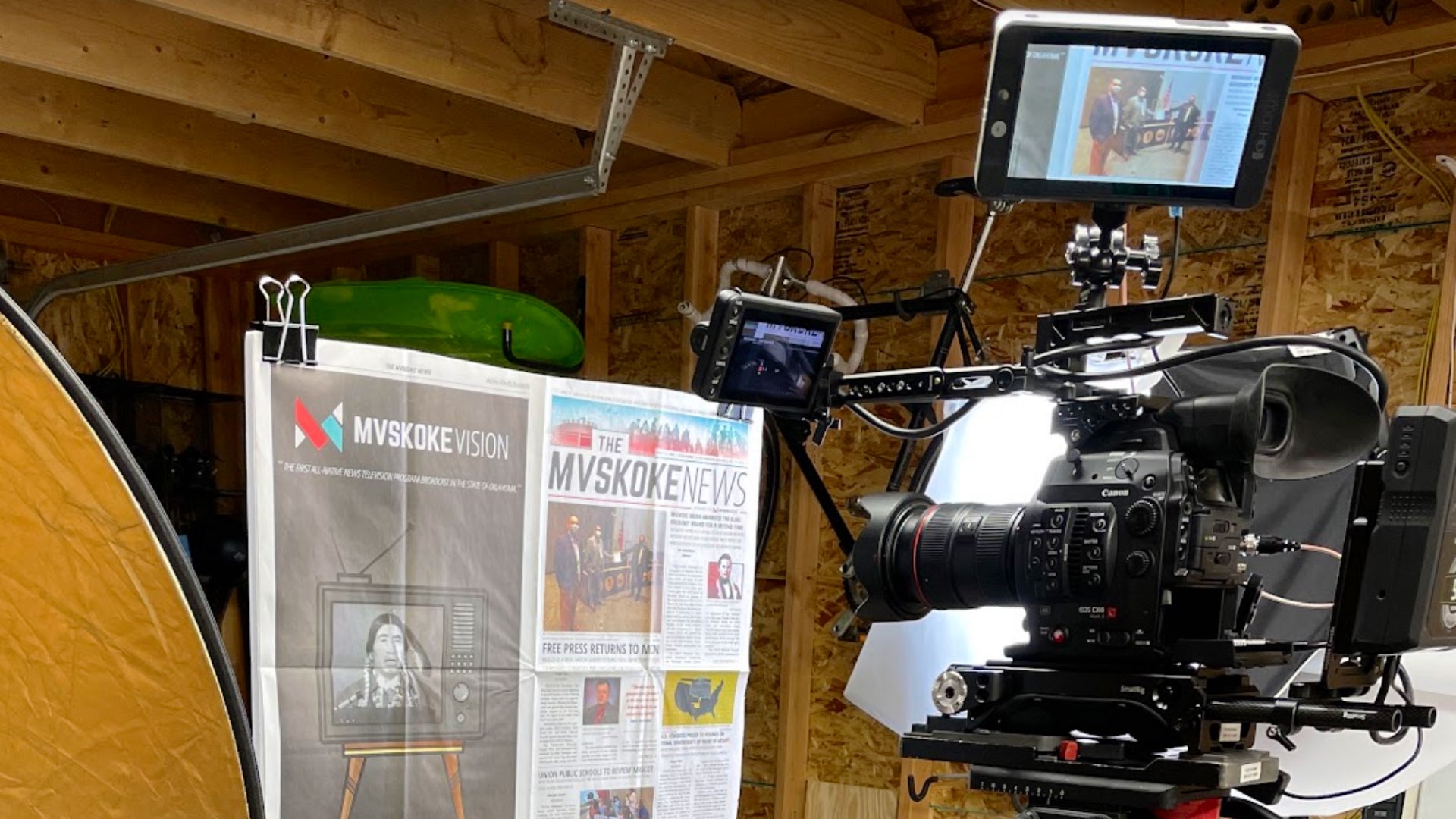
I worked as an assistant camera for a while, then I cut my teeth as a cinematographer for the Youtube channel, Machinima. This was great because it was all different kinds of productions, from short films to docu-style series. That’s where I was introduced to the world of documentaries.
Canon C300 Mark II: A documentary-friendly camera
YMCinema: What are the cameras used to shoot Bad Press, and why did you choose them for this specific project?
Graim: I shot on the Canon C300 MKII, we started shooting 4 years ago so the MKIII was not an option. We chose this camera because it has an organic image and is very documentary-friendly. I knew we would be in different situations for filming so the ability to build the camera up and build it down was important.
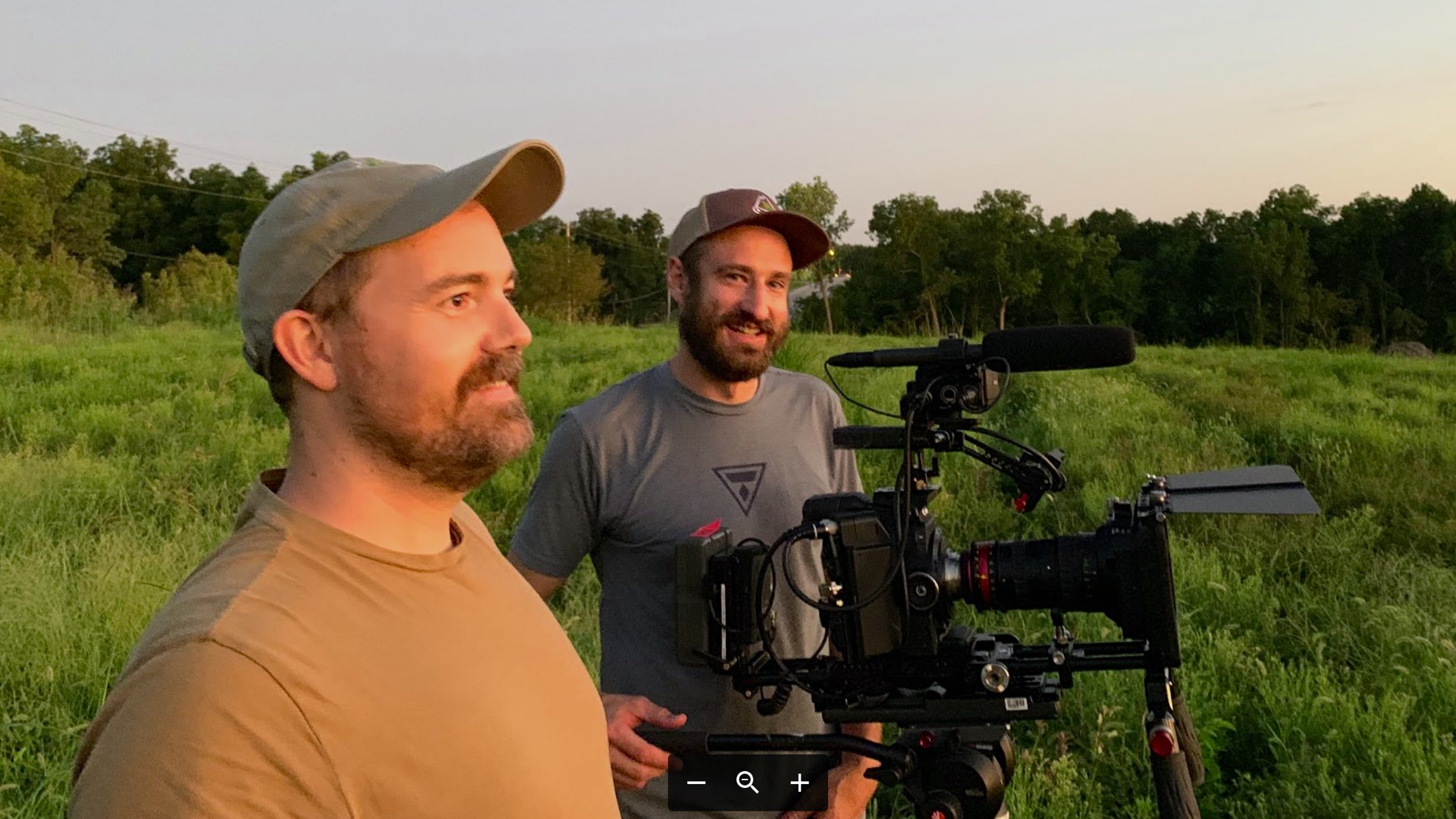
I shot on the Canon C300 MKII, we started shooting 4 years ago so the MKIII was not an option. We chose this camera because it has an organic image and is very documentary-friendly.
Main glass: Angenieux Optimo
YMCinema: What are the lenses used to shoot Bad Press, and why did you choose them for this specific project?
Graim: For the bulk of shooting we used the Angenieux Optimo 16-40 and 30-76 zoom lenses. These lenses have a bit more character than some other popular doc lenses, which is the main reason I chose them. I used the 16-40 during vérité and the 30-76 for the interviews. I also used the Zeiss CZ.2 70-200 to shoot the National Council meetings. I used a few interesting lenses for newspaper archival: the Canon MP-E 65mm macro lens and a Lensbaby with diopters. The 65mm allowed me to fill an entire frame with one word. I really love the results of this, you can see the newspaper pulp and it gives the shot so much texture.
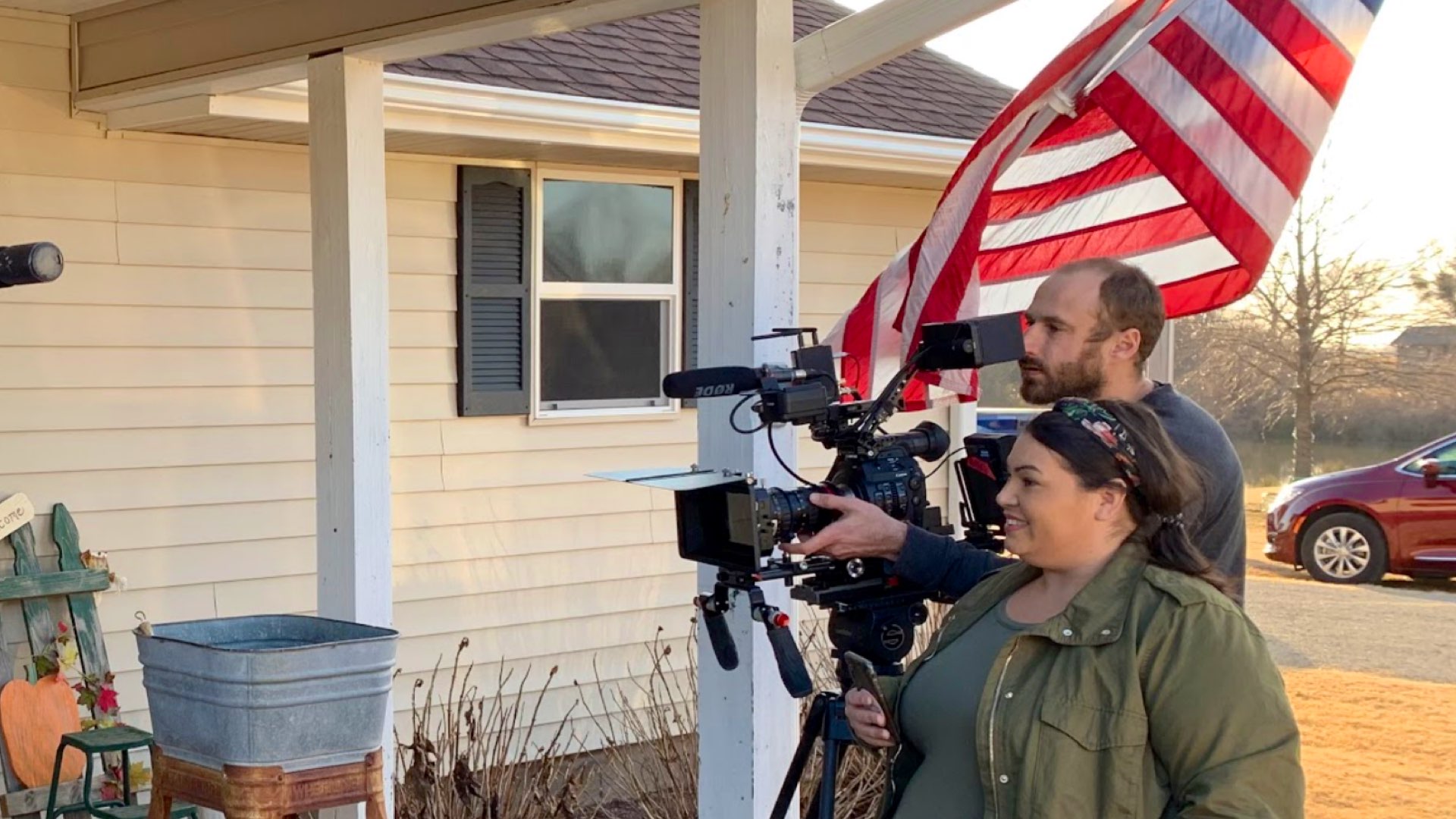
We used the Angenieux Optimo 16-40 and 30-76 zoom lenses. These lenses have a bit more character than some other popular doc lenses, which is the main reason I chose them.
C-Log 2 Cinema Gamut for optimal grading
YMCinema: Please elaborate on the chosen codecs (Canon’s codecs)
Graim: We decided to go with a widescreen 2.35 aspect ratio to end on, so we shot in full 4k (4096×2160) with YCC422, 10-bit color sampling. We shot in C-Log 2 Cinema Gamut to get the most out of the image in Color Correction.
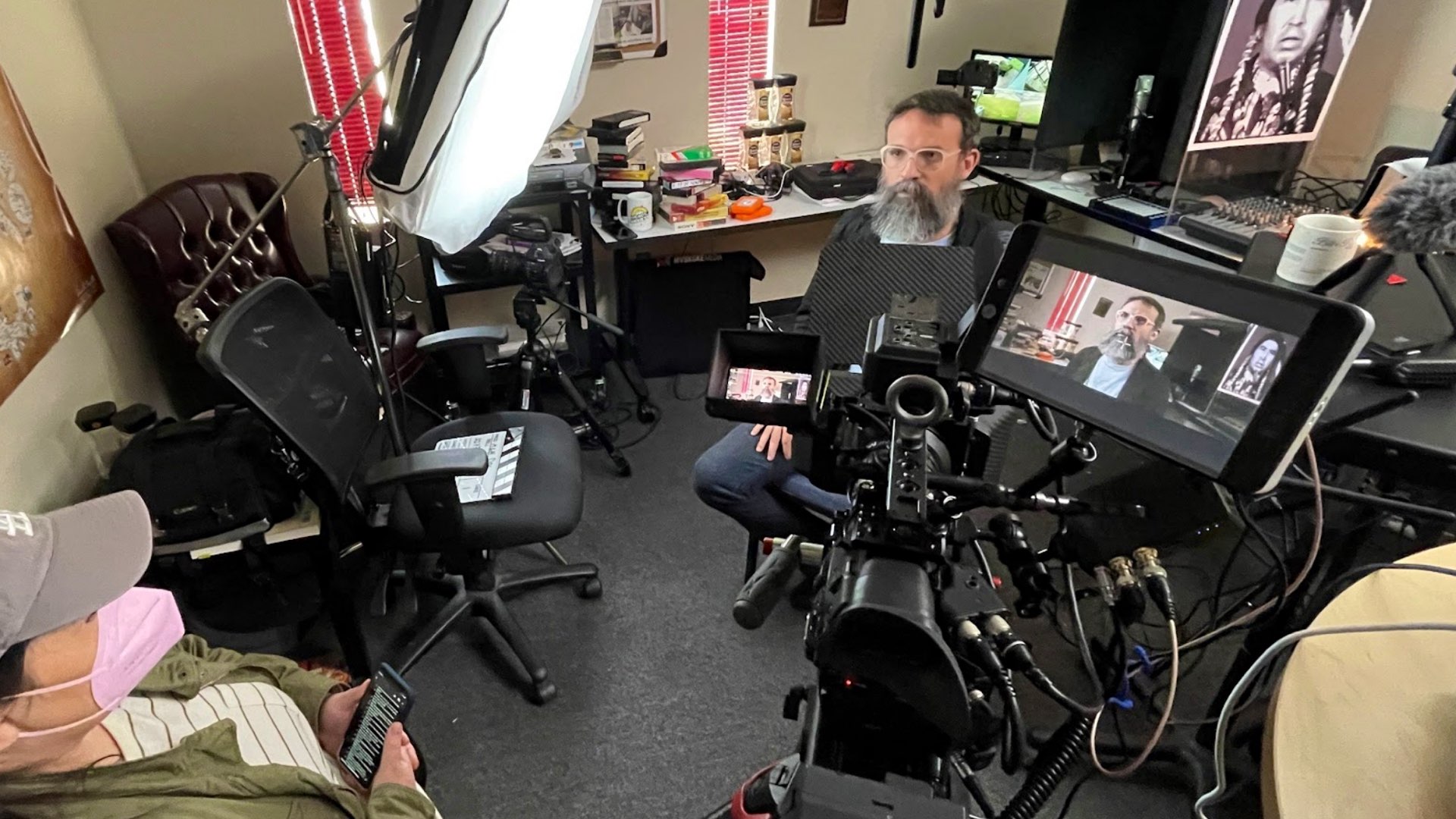
We shot in full 4k (4096×2160) with YCC422, 10-bit color sampling. We shot in C-Log 2 Cinema Gamut to get the most out of the image in Color Correction.
Making docu look cinematic
YMCinema: What were the main technical challenges of shooting the film?
Graim: The biggest challenge visually was shooting in a lot of interior locations with very boring colors. It’s a movie about journalism and politics, so we were in a lot of office spaces and government buildings. Trying to make these places exciting was difficult, to say the least. Fortunately, we have very magnetic characters so it’s easy to let them draw you in. I tried to let the characters take over the frame and let the story drive the approach. While we were shooting, I would use natural light and turn off overheads when possible. I also had some help from my colorist, Dan Edwards. We focused on adding shapes and shadows in the color grade. I was amazed at how much he did to make those spaces look interesting, he really did a great job.
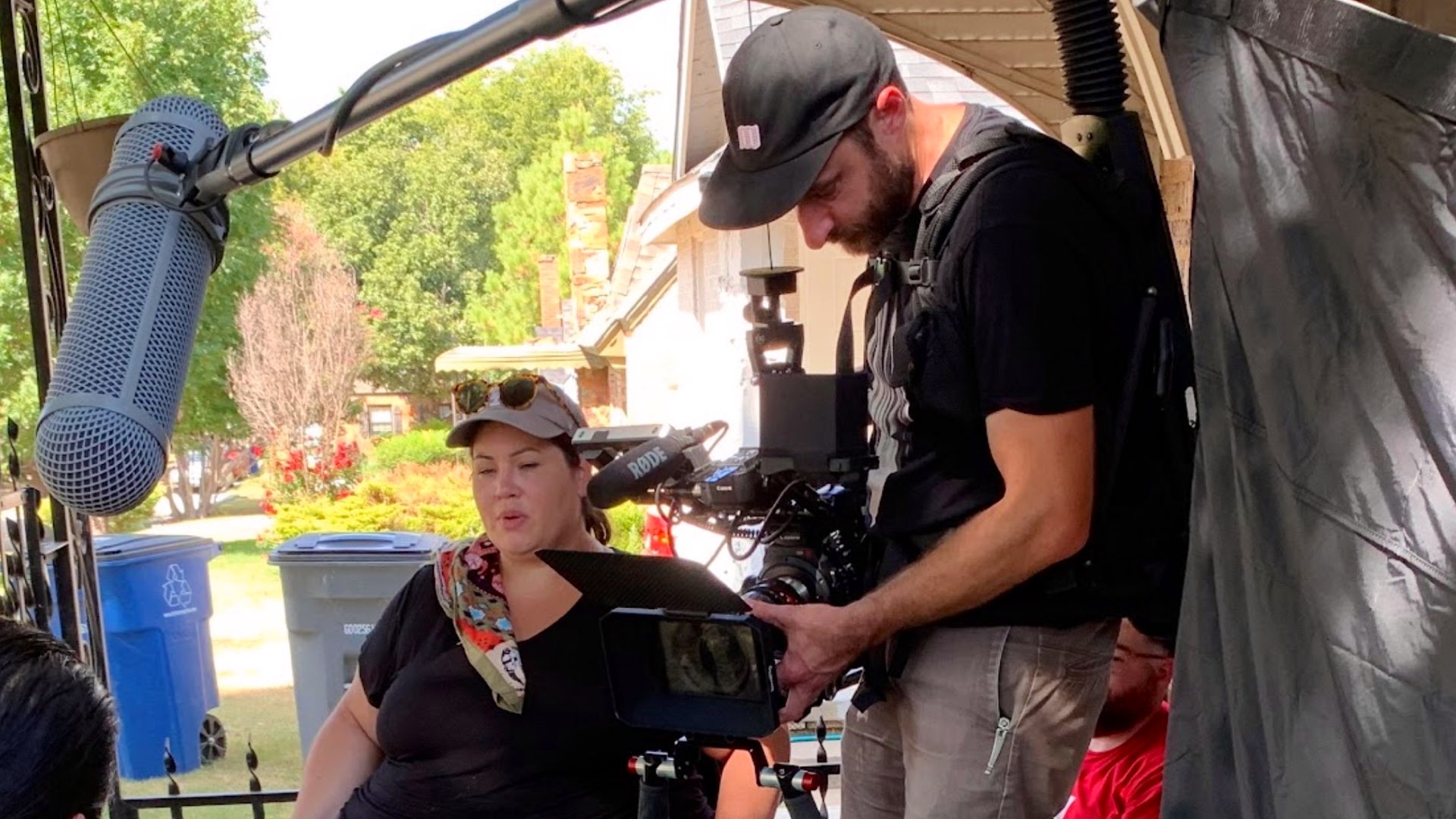
The biggest challenge visually was shooting in a lot of interior locations with very boring colors. It’s a movie about journalism and politics, so we were in a lot of office spaces and government buildings.
Just shoot B-rolls – It may be useful later on
YMCinema: In every project, we (the cinematographers) learn something new. What did you take from this project to be implemented in future projects (takeaways)?
Graim: The most important thing I learned while shooting Bad Press was to shoot interesting things for B-roll even if you don’t know why you’re shooting at the time. Some of the great B-roll moments that are used in the film are weird things that we just happened to see while driving around. But in the edit, it worked out to use some of these shots as visual metaphors to elaborate on the themes in the film. For example, we drove by a guy burning trash one day, so I got out and shot it with a long lens. At the time I didn’t know how it would be used, but it’s in the movie and it is a great visual metaphor for the state of things in the film at the time.
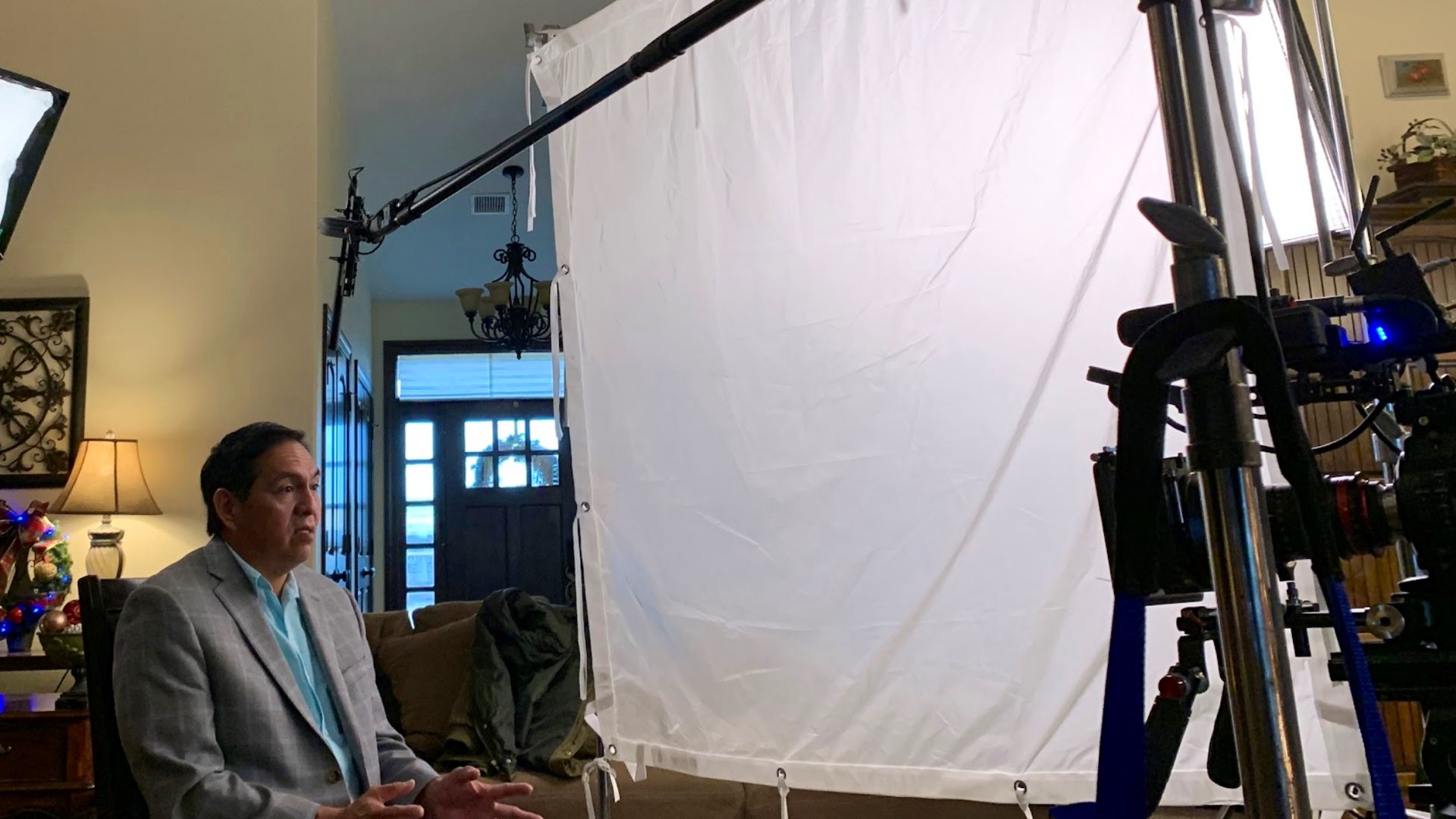
The most important thing I learned while shooting Bad Press was to shoot interesting things for B-roll even if you don’t know why you’re shooting at the time.
Shooting ‘for Sundance’
YMCinema: Does shooting for Sundance demand some specific technical requirements?
Graim: Well, we didn’t know we were getting into Sundance when we started! I wouldn’t worry about which camera you are shooting with. I think the main thing to elevate a film for a festival like Sundance is to be intentional with your choices. Decide what you want your film to look like ahead of time and go with that.
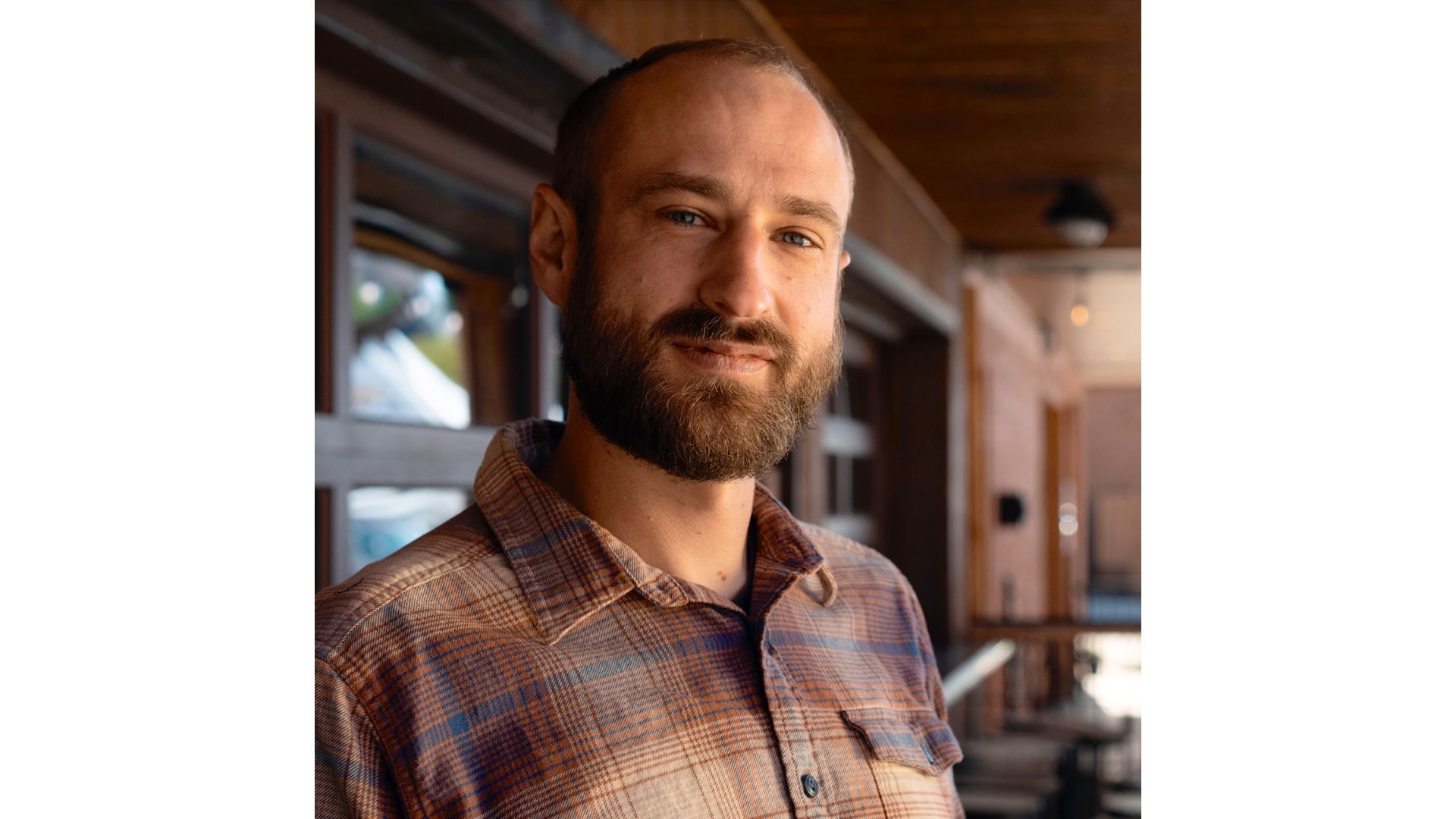
I wouldn’t worry about which camera you are shooting with. I think the main thing to elevate a film for a festival like Sundance is to be intentional with your choices.
YMCinema: Please grant some tips and tricks for cinematographers who are eager to be selected for Sundance. What can make your film be chosen from 9,000 projects?
Graim: One thing I had to give into during this film was that the story and the characters were more important than what lenses or lighting I wanted to use. I think this is really important for documentary cinematographers to remember. Audiences will fall in love with characters and stories, so you need to get out of the way. There will be times when you can make your mark and do interesting things, but sometimes you just need to capture what’s happening in front of you.
Product List
Here’re the products mentioned in the article, and the links to purchase them from authorized dealers.
- Canon Cinema EOS C300 Mark II Camcorder Body with Touch Focus Kit
Support Y.M.Cinema Magazine by purchasing our one-of-a-kind stainless steel model of 65 motion picture film camera – A perfect gift for filmmakers.


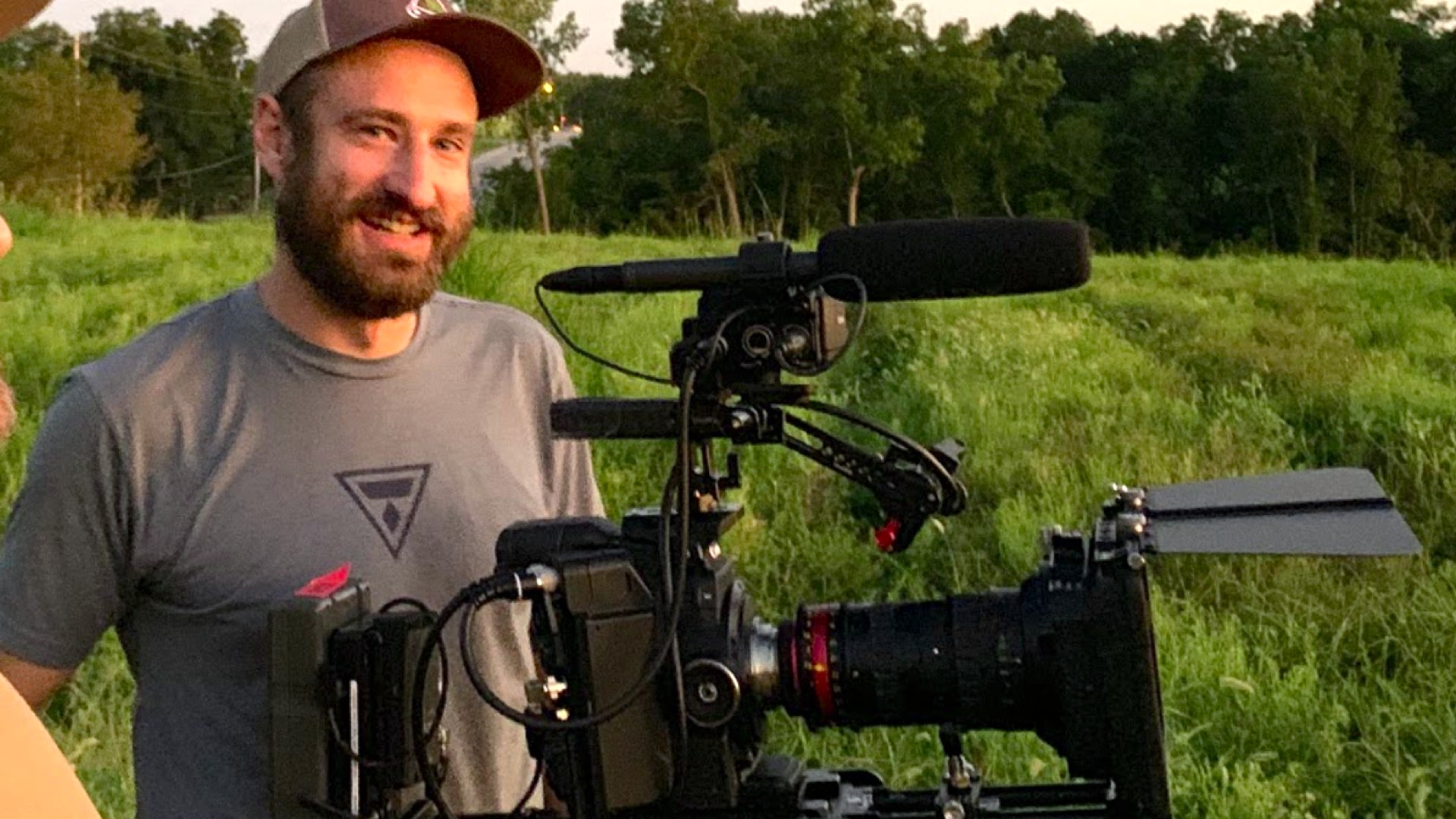
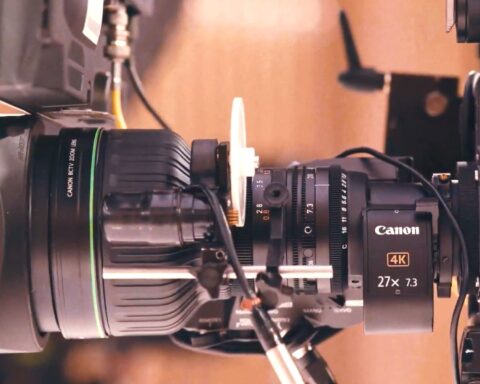
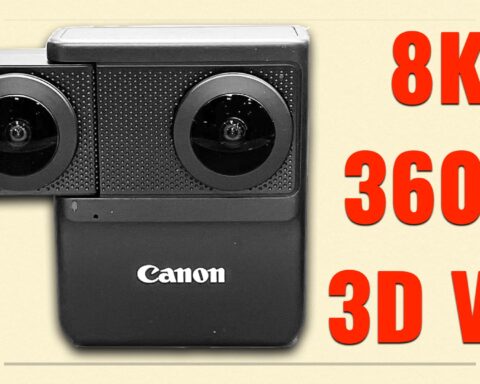
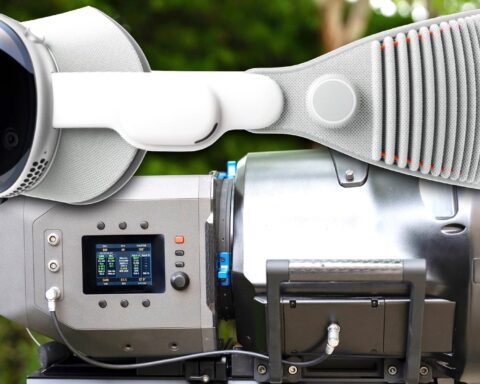
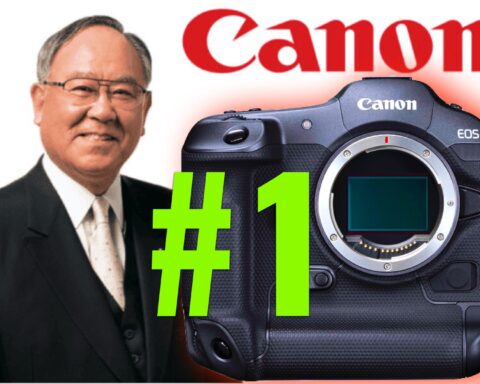
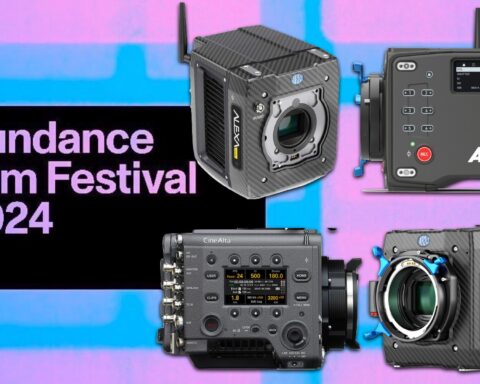
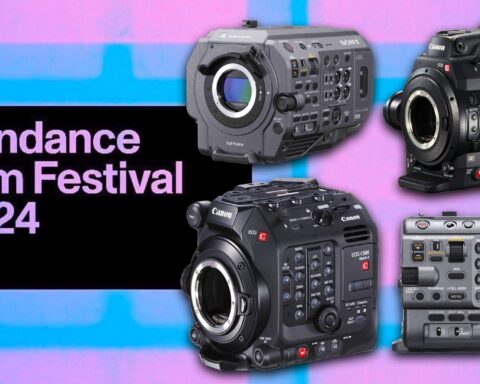

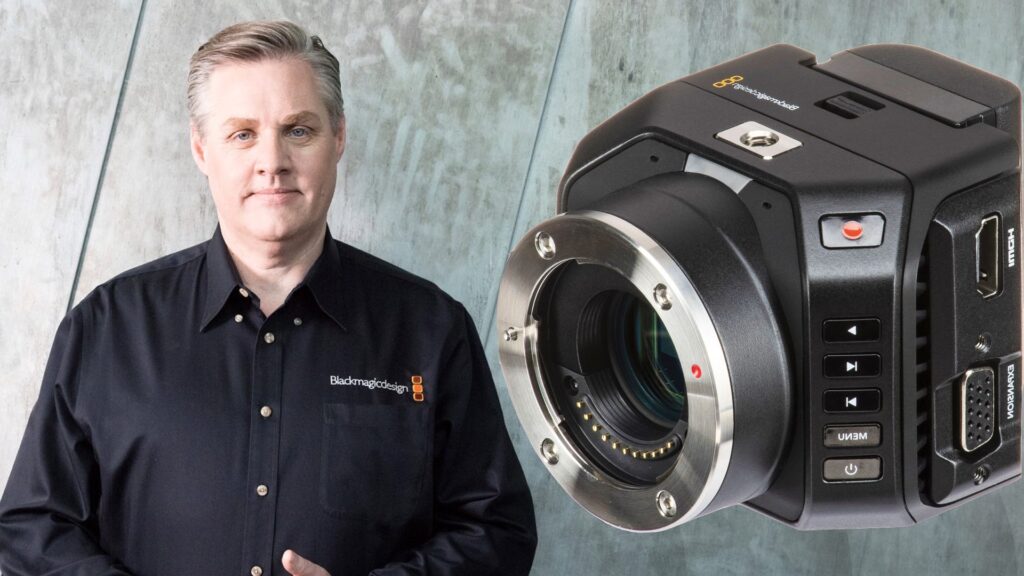
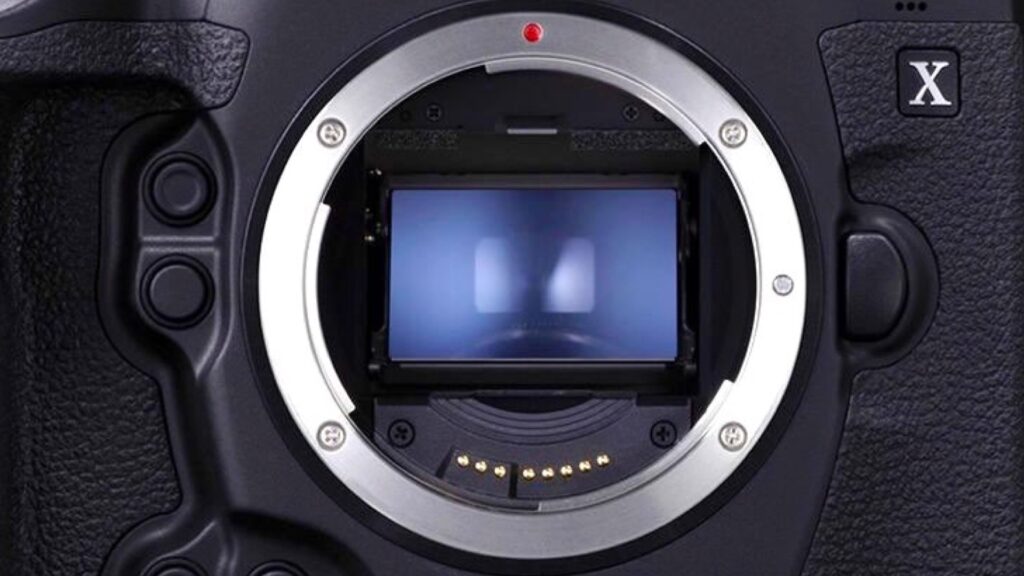





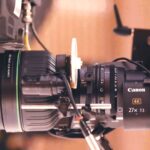
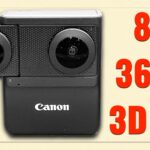
What an enlightening title!
Good mechanism
Canon is my only machine to go